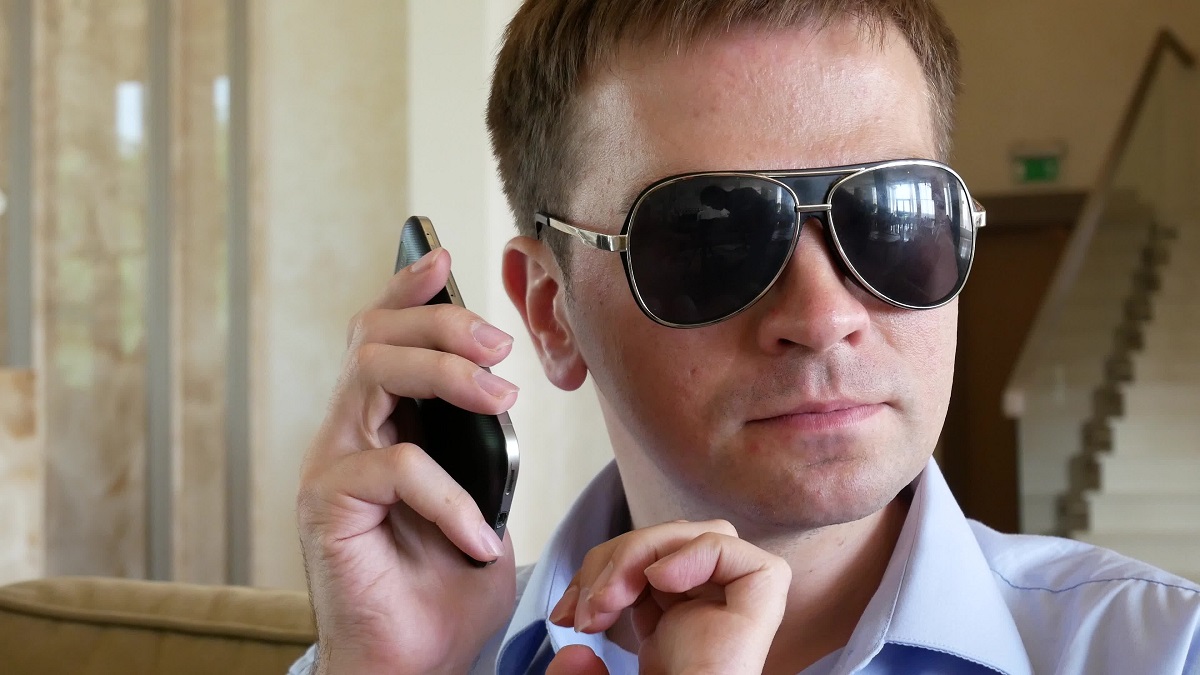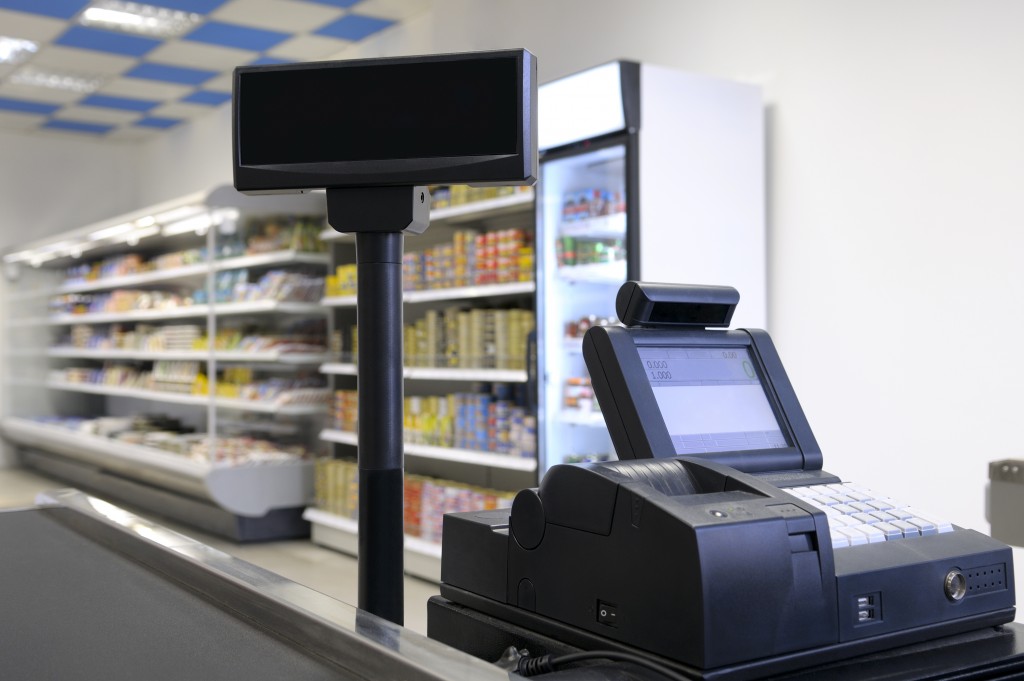Unless you live in your very own bubble, you should know that not everyone is as able as you to hear, see, smell, taste, walk, and learn. Hundreds of millions of people cannot hear and see properly. Many can’t walk, and some do not have the ability to learn as effectively as you do. This is the reason why there are special schools and devices for people like them. They are in a loop of frustration, often hoping to find a cure for their disabilities, but always, these innovations fall short.
Of course, many disabled people have done good and succeeded in their lives. You know about them. The late Steve Jobs had dyslexia. Stephen Hawking had amyotrophic lateral sclerosis (ALS). Bethany Hamilton lost her arm but still became a professional surfer. Yes, there are no limits to what one can do even with disabilities, but it would be nice to hope that things can be better and easier, right?
While medicine sometimes falls short of treating and reversing these disabilities, technology found a middle ground. It developed devices, tools, and programs to help people with disabilities learn, walk, talk, see and hear. Many of these technologies have been rolled out to the market. People are beginning to reap their rewards.
Hearing
The last major innovation in hearing was in 1985. However, the hearing aid doesn’t do so much for those who have completely lost their hearing. This is not enough for the 360 million people who lack some or all their ability to hear.
The normal hearing’s design is easy to understand—soundwaves travel to the cochlea inside the ear that converts mechanical signals into electrical ones that then pass it to the auditory nerve and later to the brain for processing. The problem is that when any of these parts are shaken, a person can lose his/her hearing. This is why some people become experts in hearing that they even buy audiology practice for sale to help people with hearing problems.
Scientists are trying to find a way to use other senses to transmit the message to the brain for processing. Although these will not replace hearing aids, they can help anyone who finds hearing aids a nuisance. Some researchers are also experimenting with reverting the cells in the inner ear to their functional state (this is for those who have lost their hearing, and not for those who were born deaf).
Speaking
Computers’ and mobile devices’ text-to-speech function made it easier for mute people to communicate today. Although no technology is perfect, communication with mute people is so much easier than it was a decade ago. Another developing technology said to be in Japan’s trial phases will allow a computer to scan the brain of someone with spinal cord injuries to understand commands and type a message for others to read.
Blindness

Smart Glasses are, perhaps, the most popular technology for people with vision problems or those who cannot see at all. Smart Glasses act as your eyes. The device warns the blind if there’s oncoming traffic or if the pathway is uneven. It can do a host of other functions, too, such as recognize faces and give directions.
Color-blind people also have technology on their sides. Several new devices in the market today help people with red-green and blue-yellow colorblindness identify the colors. They look like ordinary glasses, so no one will know that you’re wearing highly specialized glasses for your disability.
Walking and Moving
Everyone knows about assistive technologies such as wheelchairs, scooters, robot arms, and prosthetic devices that help people who cannot stand nor walk. You only have to look at the Paralympics to realize how life-changing these devices have become for hundreds of millions of people. The ability to do a marathon in prosthetic legs has been inspirational and revolutionary.
Learning
People with learning disabilities do not necessarily need to go to a special school. With devices and tools such as text-to-speech programs, speech-to-text, word prediction, graphic organizers, and phonetic spelling software, they can cope with the regular classroom rigors. Technological advancement in mobile devices and apps can also facilitate the learning of anyone who has a hard time in school.
Technology has gone a long way toward aiding people, whether in the way they do business or how they communicate. There are still a lot of apprehensions over how technology is controlling every facet of society. But in so far as helping people with disabilities, technology should be given the accolade and acknowledgment it deserves.

